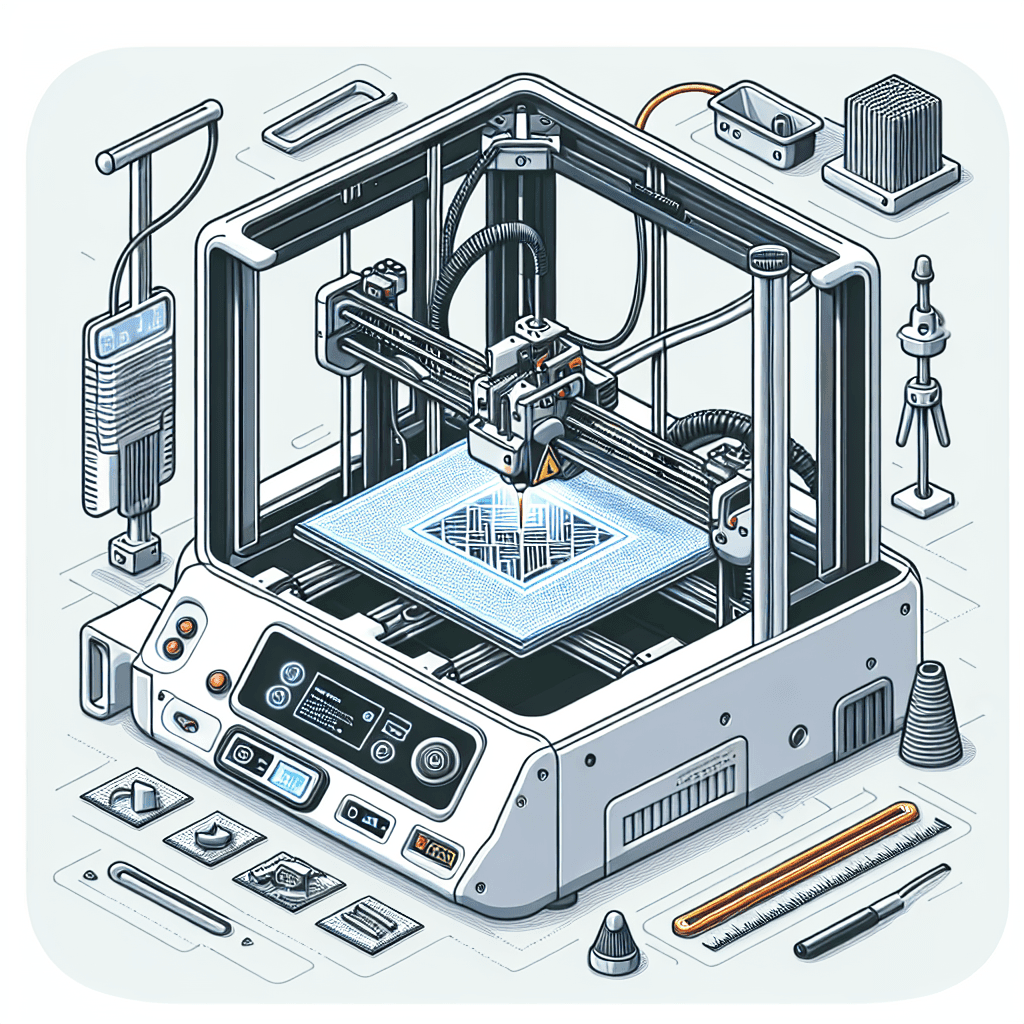Table of Contents
Introduction
Proper first-layer adhesion is crucial for a successful 3D print, as it sets the foundation for the rest of the print to adhere to. Without good first-layer adhesion, the print may not stick to the build plate properly, leading to warping, shifting, or even detachment from the plate altogether.
In this article, we will discuss some of the best techniques for achieving proper first-layer adhesion in your 3D prints, as well as answer some common questions that beginners may have about this important aspect of the printing process.
1. Levelling the Build Plate
One of the most important steps in achieving proper first-layer adhesion is ensuring that the build plate is properly levelled. If the build plate is not level, the print may not adhere to the plate evenly, leading to issues with adhesion and print quality.
To level the build plate, you will need to adjust the levelling screws or knobs on your 3D printer until the plate is perfectly level. This can be done using a piece of paper or a levelling tool to check the distance between the nozzle and the build plate at various points on the plate. Once the build plate is level, you should be able to achieve better first-layer adhesion in your prints.
2. Adjusting the Print Bed Temperature
Another important factor in achieving proper first-layer adhesion is the temperature of the print bed. Different filament materials require different bed temperatures for optimal adhesion, so it is important to adjust the bed temperature accordingly.
For example, PLA filament typically adheres well to a bed temperature of around 60-70°C, while ABS filament may require a higher bed temperature of 90-100°C. Experiment with different bed temperatures to find the optimal temperature for the filament material you are using, and adjust as needed to achieve proper first-layer adhesion.
3. Using a Proper Adhesion Method
In addition to levelling the build plate and adjusting the bed temperature, using a proper adhesion method can also help improve first-layer adhesion in your 3D prints. There are several different adhesion methods that can be used, including:
– Using a heated bed: A heated bed can help improve first-layer adhesion by keeping the print bed at a consistent temperature throughout the printing process.
– Using a brim or raft: A brim or raft can help increase the surface area of the first layer, making it easier for the print to adhere to the build plate.
– Using adhesive materials: Some 3D printing enthusiasts swear by using adhesive materials such as glue sticks or hairspray to improve first-layer adhesion.
Experiment with different adhesion methods to find the one that works best for you and your specific printing needs.
4. Cleaning the Build Plate
Finally, keeping the build plate clean is essential for achieving proper first-layer adhesion. Dust, dirt, and other debris can prevent the print from adhering to the plate properly, leading to adhesion issues and failed prints.
To keep the build plate clean, wipe it down with isopropyl alcohol or another cleaning solution before each print. This will help remove any residue or debris that may be present on the plate, ensuring better first-layer adhesion and a successful print.
Conclusion
Proper first-layer adhesion is essential for achieving successful 3D prints. By following the techniques outlined in this article and experimenting with different adhesion methods, you can enhance your 3D printing experience and create high-quality prints with ease.
FAQs
Why is first-layer adhesion important in 3D printing?
Proper first-layer adhesion is crucial for a successful 3D print, as it sets the foundation for the rest of the print to adhere to. Without good first-layer adhesion, the print may not stick to the build plate properly, leading to issues with warping, shifting, or detachment from the plate.
What are some common issues that can occur due to poor first-layer adhesion?
Some common issues that can occur due to poor first-layer adhesion include warping, shifting, and detachment from the build plate. These issues can result in failed prints and wasted time and materials.
How can I improve first-layer adhesion in my 3D prints?
There are several techniques that can help improve first-layer adhesion in your 3D prints, including levelling the build plate, adjusting the print bed temperature, using a proper adhesion method, and keeping the build plate clean.
What is the best adhesion method to use for 3D printing?
The best adhesion method to use for 3D printing will depend on the filament material you are using and your specific printing needs. Experiment with different adhesion methods, such as using a heated bed, a brim or raft, or adhesive materials, to find the one that works best for you.
